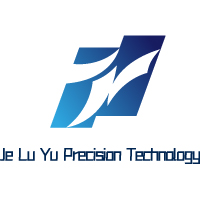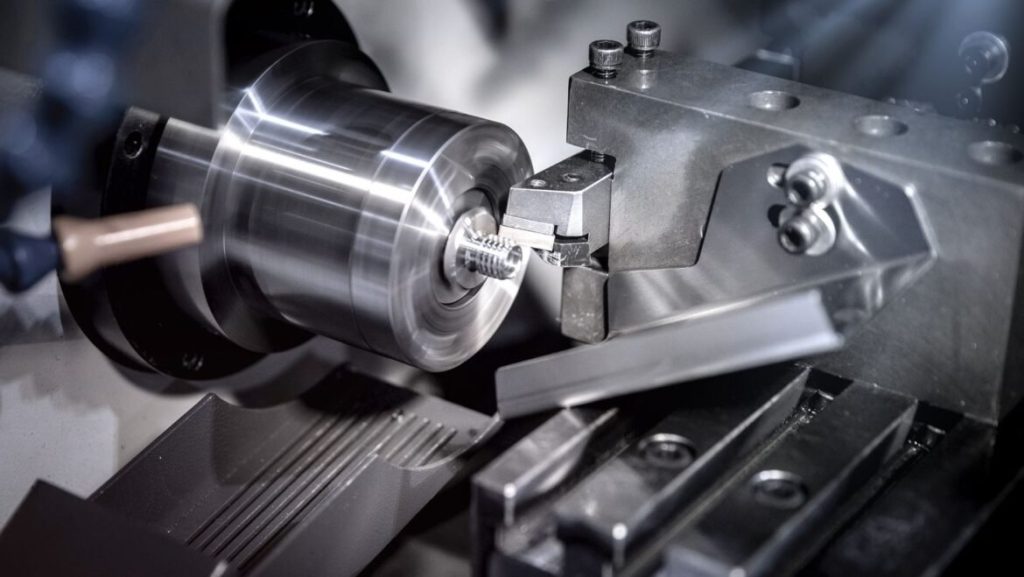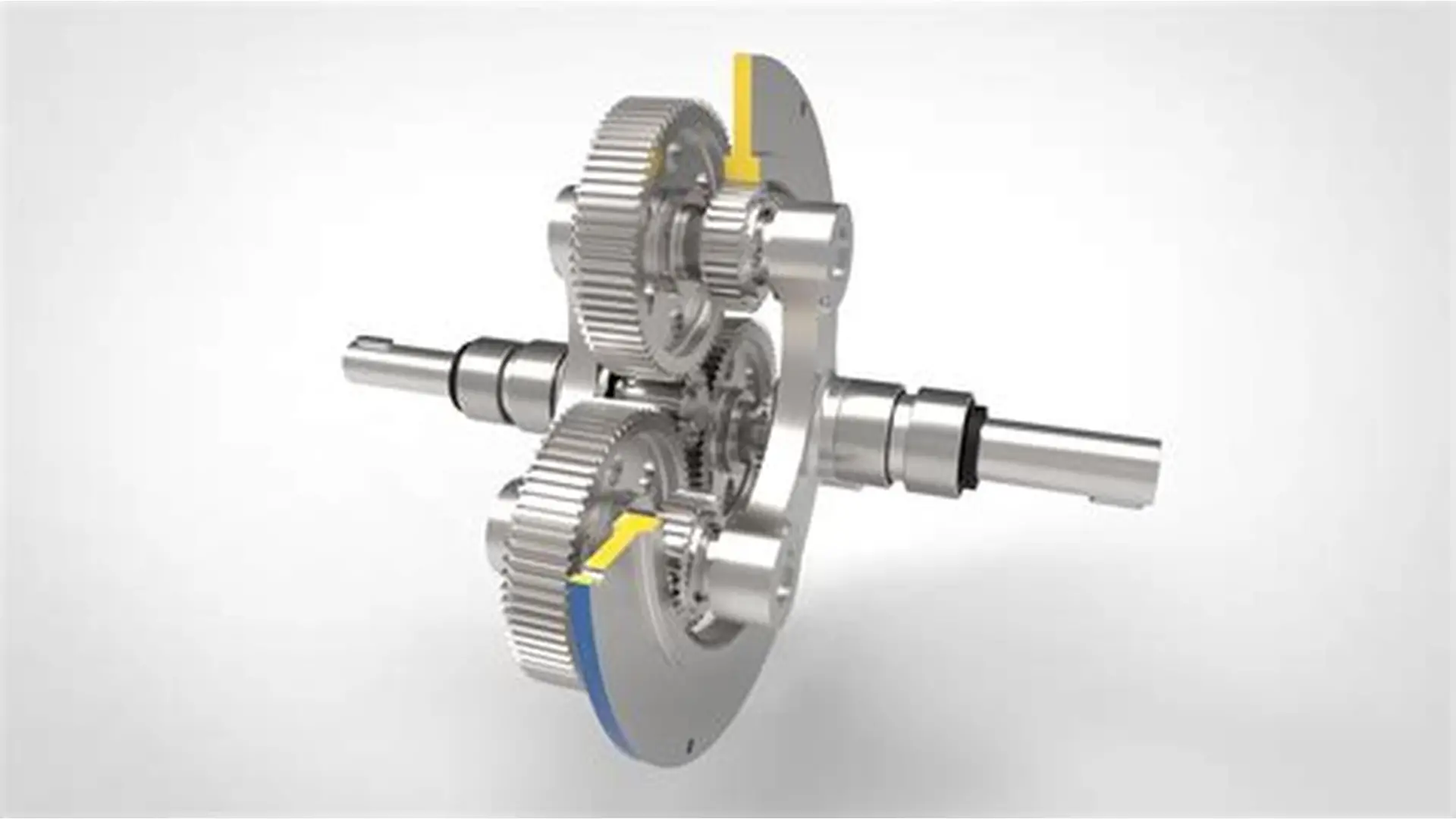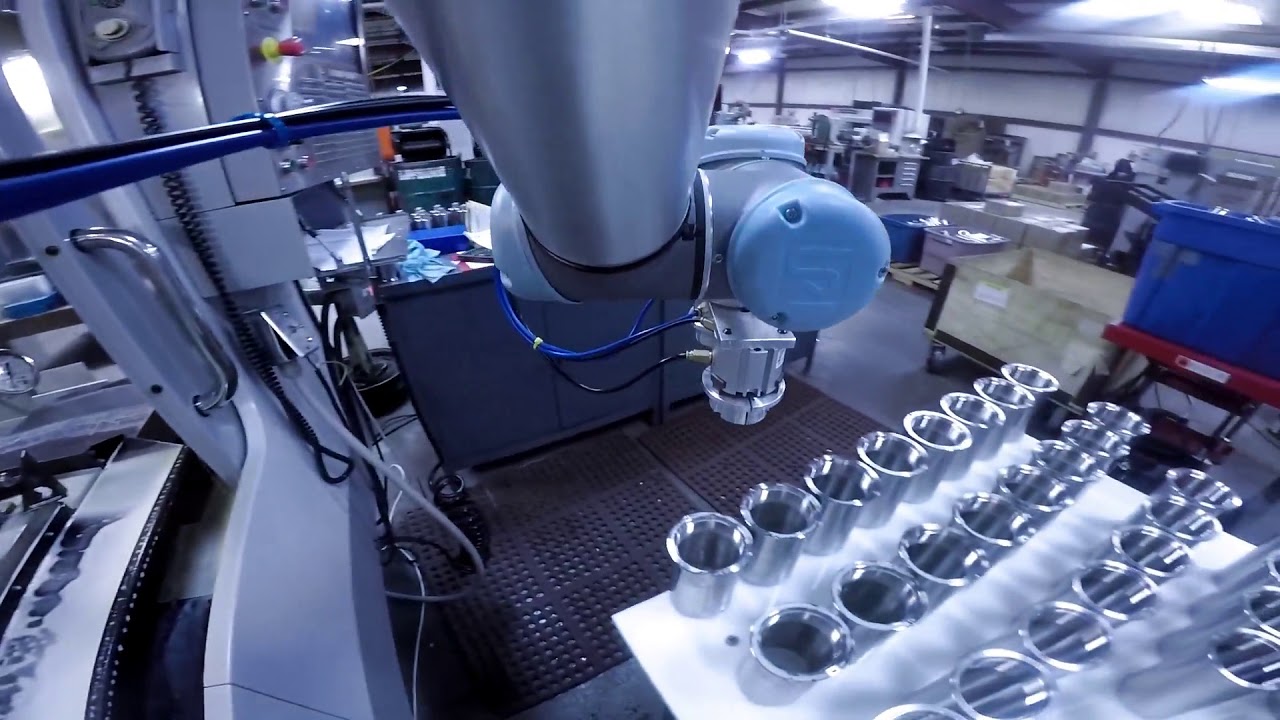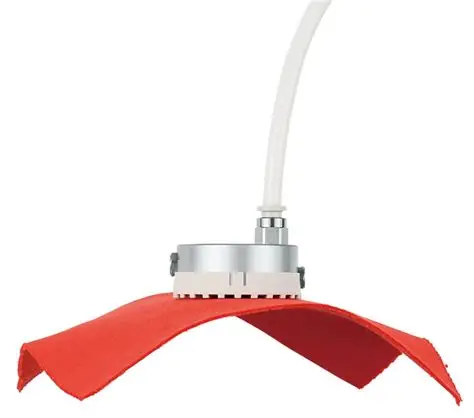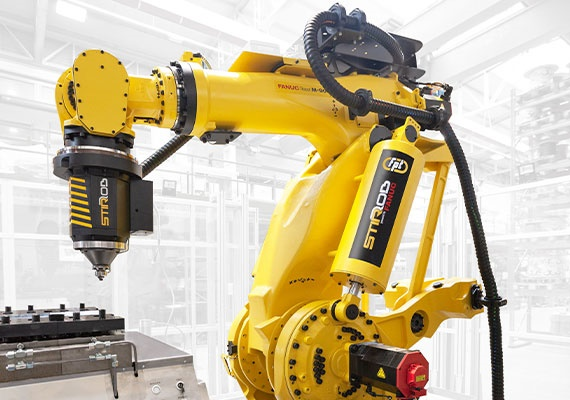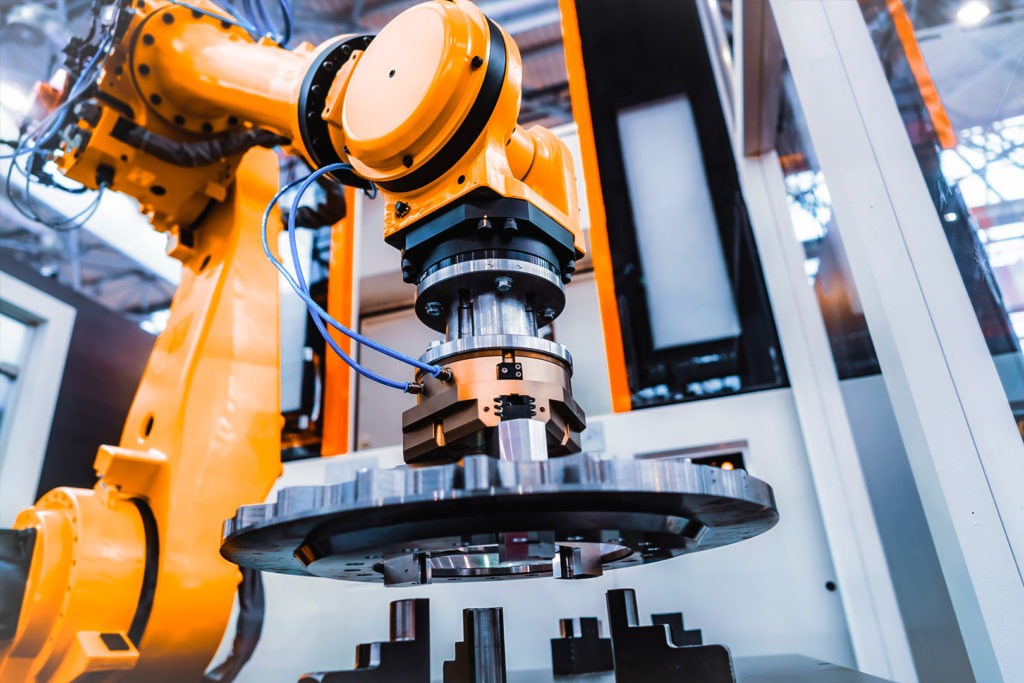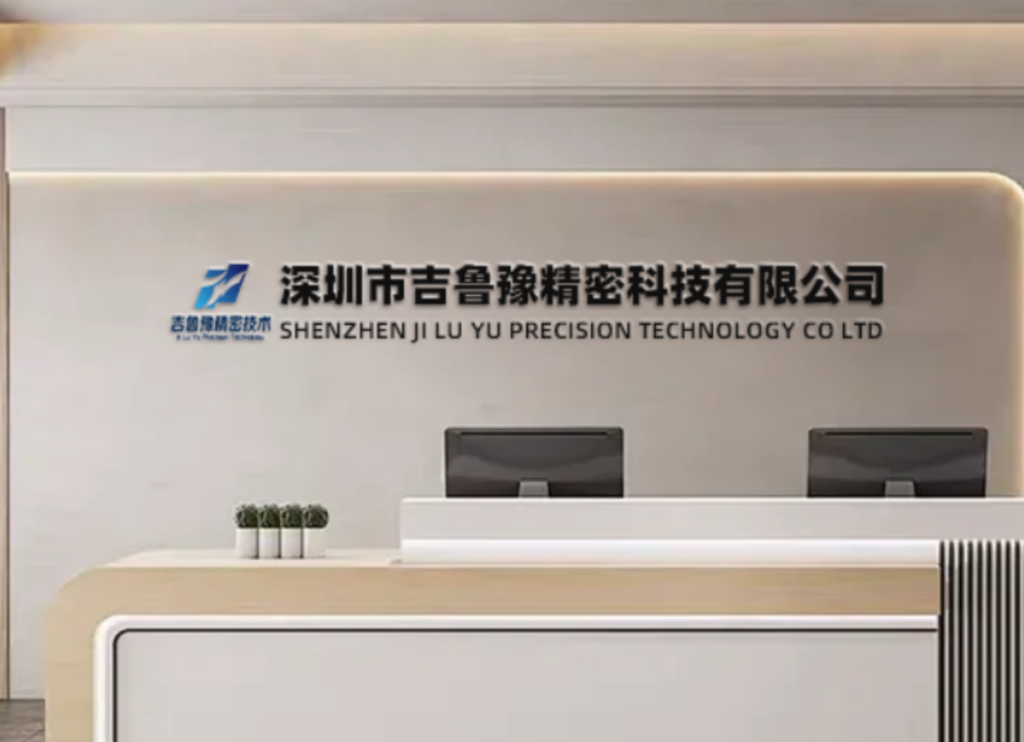Machining Delrin (POM) for Low-Friction Applications: The Ultimate Guide
Introduction: Harnessing Delrin’s Low-Friction Properties in Precision CNC Machining
Delrin (Polyoxymethylene or POM) stands as a premier engineering thermoplastic in precision CNC machining, particularly valued for its exceptional low-friction characteristics and outstanding mechanical properties. As manufacturers increasingly seek lightweight, durable alternatives to metal components, Delrin has emerged as the material of choice for applications requiring minimal friction, high wear resistance, and reliable long-term performance. This comprehensive guide explores the technical nuances of machining Delrin for low-friction applications, providing engineering insights and practical strategies for optimizing component performance.
The inherent low-friction properties of Delrin make it indispensable across industries where reducing mechanical resistance is critical to efficiency and longevity. From precision gears and bearings to medical devices and automotive components, Delrin’s self-lubricating characteristics and consistent performance under load demonstrate why it remains a preferred material for friction-sensitive applications. Understanding how to properly machine this material is essential to leveraging its full potential while avoiding common pitfalls that can compromise part quality.
Understanding Delrin’s Material Properties for Low-Friction Applications
Fundamental Characteristics
Delrin possesses a unique combination of properties that make it particularly suitable for low-friction applications:
Table 1: Key Properties of Delrin Affecting Frictional Performance
| Property | Value/Description | Impact on Friction Performance |
|---|---|---|
| Coefficient of Friction | 0.05-0.10 (static against steel) | Provides inherent lubrication without additives |
| Wear Resistance | Excellent (outperforms many engineering plastics) | Maintains low friction over extended service life |
| Hardness | Rockwell R118 | Resists deformation under load, preserving geometry |
| Tensile Strength | 8,000-10,000 psi | Withstands substantial mechanical stress in moving parts |
| Heat Deflection Temperature | 110°C at 1.82 MPa | Maintains dimensional stability in thermally challenging environments |
| Water Absorption | 0.2% in 24 hours | Minimal swelling in humid conditions, preserving tolerances |
Comparison with Other Low-Friction Plastics
While several engineering plastics offer low-friction characteristics, Delrin provides a balanced combination of properties that make it uniquely suited for precision machined components:
-
Compared to PTFE: Delrin offers greater stiffness and creep resistance, making it more suitable for structural applications while maintaining excellent lubricity
-
Compared to Nylon: Delrin provides lower moisture absorption and better dimensional stability, crucial for maintaining precise clearances in low-friction assemblies
-
Compared to UHMW-PE: Delrin can be machined to tighter tolerances with superior surface finish quality, essential for high-precision applications
CNC Machining Strategies for Optimizing Delrin’s Low-Friction Properties
Tool Selection and Geometry
Proper tool selection is critical for achieving the surface finishes necessary for low-friction performance in Delrin components:
*Table 2: Tooling Recommendations for Low-Friction Delrin Applications*
| Tool Type | Recommended Material | Optimal Geometry | Surface Finish Considerations |
|---|---|---|---|
| End Mills | Micro-grain carbide or polycrystalline diamond (PCD) | 2-3 flutes, 15°-20° rake angle, sharp cutting edges | Positive rake angles reduce cutting forces for smoother finishes |
| Drills | Carbide or coated high-speed steel | 118° point angle, polished flutes | Prevents material adhesion for cleaner hole walls |
| Turning Tools | CBN or sharp carbide inserts | Positive rake geometry, sharp cutting edges | Minimizes material deformation and tearing |
| Threading Tools | High-speed steel (HSS) | Sharp, properly relieved geometry | Produces clean threads without material push-off |
Tool geometry significantly impacts the final surface characteristics of machined Delrin components. Sharp cutting edges are essential for cleanly shearing the material rather than deforming it, which can create micro-imperfections that increase friction . For applications requiring the lowest possible coefficient of friction, polycrystalline diamond (PCD) tools provide exceptional finish quality and extended tool life, though at higher initial cost .
Machining Parameters for Optimal Surface Finish
Achieving the surface quality necessary for low-friction applications requires precise control of machining parameters:
-
Cutting Speeds: 200-400 SFM for roughing, 300-500 SFM for finishing operations
-
Feed Rates: 0.002-0.008 inches per tooth, with higher feeds often producing better surface finishes in Delrin
-
Depth of Cut: 0.1-0.5mm for finishing passes to minimize cutting forces and heat generation
-
Coolant Strategy: Compressed air preferred over liquid coolants to prevent material contamination
The relationship between parameters follows a generally inverse pattern—higher cutting speeds typically require lower feed rates to maintain surface quality, while deeper cuts necessitate reduced speeds to manage heat generation . Finding the optimal balance for specific geometries is key to maximizing Delrin’s low-friction potential.
Thermal Management During Machining
Controlling machining temperatures is crucial since excessive heat can degrade Delrin’s surface properties and dimensional stability:
-
Air Cooling: Directed compressed air (0.6-0.8 MPa) effectively removes heat without contaminating the workpiece
-
Tool Path Strategies: Climb milling techniques reduce heat generation by minimizing tool engagement time
-
Peck Drilling: For deep holes, peck cycles prevent heat buildup and facilitate chip evacuation
-
Sharp Tool Maintenance: Regularly maintained tools generate less frictional heat during cutting
Design Considerations for Low-Friction Delrin Components
Geometric Optimization
Specific design strategies can enhance the low-friction performance of machined Delrin components:
-
Uniform Wall Thickness: Promotes consistent cooling and reduces internal stresses that could cause distortion
-
Adequate Radii: Minimum 0.5mm radii at stress concentration points prevent crack initiation
-
Surface Texture Specification: Defining appropriate Ra values (typically 0.4-1.6μm) for specific friction requirements
-
Clearance Optimization: Accounting for thermal expansion in bearing applications to maintain optimal running clearances
Tolerance Strategies for Low-Friction Applications
Dimensional precision directly influences frictional performance in Delrin components:
-
Running Fits: Typically 0.05-0.10mm clearance for rotating applications
-
Press Fits: Limited to 0.02-0.05mm interference to avoid excessive stress
-
Geometric Tolerances: Flatness within 0.01mm/mm for sliding surfaces
-
Post-Machining Stabilization: Accounting for potential stress relaxation in critical dimensions
Advanced Techniques for Enhancing Delrin’s Low-Friction Properties
Surface Treatment Options
While Delrin offers excellent inherent lubricity, specific surface treatments can further enhance performance:
-
Mechanical Polishing: Achieving surface finishes to Ra 0.2μm for ultra-low friction applications
-
Thermal Stabilization: Post-machining annealing at 50-60°C for 2-4 hours to relieve internal stresses
-
Laser Surface Texturing: Creating micro-dimples to reduce surface contact area in specific applications
Hybrid Approaches for Extreme Applications
For applications requiring the absolute lowest friction coefficients, Delrin can be combined with other materials or additives:
-
PTFE-Filled Delrin: Further reduces friction coefficient for extreme lubricity requirements
-
Fibre-Reinforced Variants: Maintains low friction while increasing load-bearing capacity
-
Composite Structures: Combining Delrin with other materials in multi-component assemblies
Quality Assurance for Low-Friction Components
Critical Inspection Parameters
Ensuring consistent low-friction performance requires rigorous quality control:
-
Surface Roughness Measurement: Using profilometers to verify Ra, Rz, and Rmax values
-
Dimensional Verification: CMM inspection with volumetric accuracy up to 0.0003mm
-
Visual Inspection: Examining for tool marks, burns, or other surface imperfections
-
Functional Testing: Actual friction testing under simulated operating conditions
Performance Validation Methods
Beyond geometric inspection, functional validation ensures components meet friction requirements:
-
Coefficient of Friction Testing: Using sled or pin-on-disk methods under anticipated loads
-
Wear Testing: Accelerated life testing to predict long-term performance
-
Thermal Cycling: Verifying dimensional stability across expected temperature ranges
-
Chemical Compatibility: Ensuring resistance to operational environments
Industry Applications: Case Studies in Low-Friction Delrin Components
Case Study 1: Automotive Window Regulator System
Challenge: An automotive manufacturer needed low-friction guide components for power window systems that would operate smoothly across temperature extremes (-40°C to 85°C) while maintaining precise alignment over 100,000+ cycles.
Solution: We machined Delrin guide channels with specialized geometry that distributed contact pressure evenly across the window glass. The components featured:
-
Precision-machined curved pathways with Ra 0.8μm surface finish
-
Integrated reinforcement ribs to prevent deflection under load
-
Optimized clearances accounting for thermal expansion differences with metal components
Results: The Delrin guides reduced operating torque by 35% compared to the previous acetal copolymer design, while achieving a service life exceeding 150,000 cycles in accelerated testing. The improved surface finish eliminated stick-slip behavior that had caused noise issues in previous designs .
Case Study 2: Medical Device Pump Components
Challenge: A medical device company required precision rotor components for a miniature fluid pump that would operate with minimal friction while maintaining biocompatibility and resistance to sterilization chemicals.
Solution: We utilized medical-grade Delrin with CNC machining approaches optimized for friction-critical applications:
-
5-axis simultaneous machining for complex rotor geometries
-
Progressive finishing strategy with final passes at 0.1mm depth of cut
-
Compressed air cooling throughout the process to prevent thermal degradation
-
Post-machining thermal stabilization to ensure dimensional stability
Results: The Delrin rotors achieved friction coefficients below 0.08 while maintaining dimensional stability within 0.01mm through repeated sterilization cycles. The components met all biocompatibility requirements and demonstrated 99.8% reliability in accelerated life testing .
Case Study 3: Industrial Packaging Machine Bearings
Challenge: A packaging equipment manufacturer needed self-lubricating bearings for high-speed packaging machinery where conventional lubrication would contaminate products.
Solution: We developed custom Delrin bearing components with geometry optimized for dry-running conditions:
-
Machined with PCD tools to achieve Ra 0.4μm bearing surfaces
-
Incorporated proprietary micro-groove patterns to distribute wear particles
-
Optimized wall thickness to balance structural integrity with thermal dissipation
-
Implemented strict cleanliness protocols to prevent contamination
Results: The Delrin bearings operated successfully at PV values up to 15,000 psi·fpm without external lubrication, exceeding the equipment’s 5-year service life requirement. The solution eliminated product contamination issues while reducing maintenance requirements by 60% compared to previously used lubricated bronze bearings .
Troubleshooting Common Machining Challenges
Addressing Friction-Reducing Surface Defects
Specific machining issues can compromise Delrin’s low-friction properties:
*Table 3: Troubleshooting Machining Defects in Low-Friction Applications*
| Problem | Possible Causes | Solutions | Impact on Friction |
|---|---|---|---|
| Surface Galling | Dull tools, excessive feed rates | Sharpen/replace tools, optimize parameters | Increases friction coefficient by up to 300% |
| Thermal Degradation | High spindle speeds, insufficient cooling | Reduce speeds, improve air cooling | Creates sticky surface layer, increasing friction |
| Material Pull-Out | Improper tool geometry, excessive tool engagement | Optimize tool geometry, reduce stepover | Creates micro-cavities that trap debris |
| Residual Stress | Improper tool paths, excessive clamping force | Optimize sequencing, modify fixturing | Causes dimensional instability over time |
Optimization Strategies for Critical Applications
For applications demanding the lowest possible friction, consider these advanced approaches:
-
Tool Path Optimization: Using trochoidal milling strategies to distribute tool engagement and reduce heat concentration
-
Cryogenic Machining: Applying controlled cooling to maintain optimal machining temperatures
-
In-Process Monitoring: Implementing real-time monitoring to detect conditions that could compromise surface quality
-
Post-Machining Conditioning: Specific treatments to enhance surface properties beyond as-machined condition
Future Trends in Low-Friction Delrin Machining
Advanced Manufacturing Technologies
Emerging technologies promise to further enhance Delrin’s capabilities in low-friction applications:
-
AI-Driven Parameter Optimization: Machine learning algorithms that dynamically adjust parameters based on real-time sensor data
-
Hybrid Manufacturing: Combining additive and subtractive processes for optimized surface structures
-
Nanometer-Level Precision: Achieving surface finishes previously impossible with conventional machining
-
Sustainable Machining Practices: Reducing energy consumption while maintaining quality standards
Material Developments
Ongoing material science research continues to expand Delrin’s capabilities:
-
Enhanced Formulations: New composites with even lower friction coefficients and higher temperature resistance
-
Specialized Grades: Application-specific formulations optimized for particular industries or environments
-
Multi-Material Components: Hybrid structures combining Delrin with other materials for optimized performance
Conclusion: Achieving Excellence in Low-Friction Delrin Machining
Machining Delrin for low-friction applications represents a specialized segment of precision manufacturing that demands both technical expertise and practical experience. The material’s unique properties—exceptional inherent lubricity, wear resistance, and dimensional stability—make it indispensable for demanding applications across automotive, medical, industrial, and consumer industries. However, realizing these advantages requires careful attention to material selection, tooling strategies, machining parameters, and quality assurance.
At our manufacturing facility, we’ve combined state-of-the-art CNC technology with deep materials knowledge to establish leadership in Delrin component machining for low-friction applications. Our comprehensive approach addresses every aspect of the manufacturing process, from initial design consultation through final inspection and delivery, with particular emphasis on surface quality and functional performance.
The case studies presented demonstrate our capability to solve complex manufacturing challenges while maintaining the highest standards for friction-critical components. As technology continues to evolve toward increasingly demanding performance requirements, we remain committed to investing in advanced equipment and methodologies that enhance our Delrin machining capabilities.
For your next low-friction component project, partner with a manufacturer that understands both the technical complexities and practical considerations of working with this exceptional material. Contact us today to discuss how our Delrin machining capabilities can address your specific application requirements.
